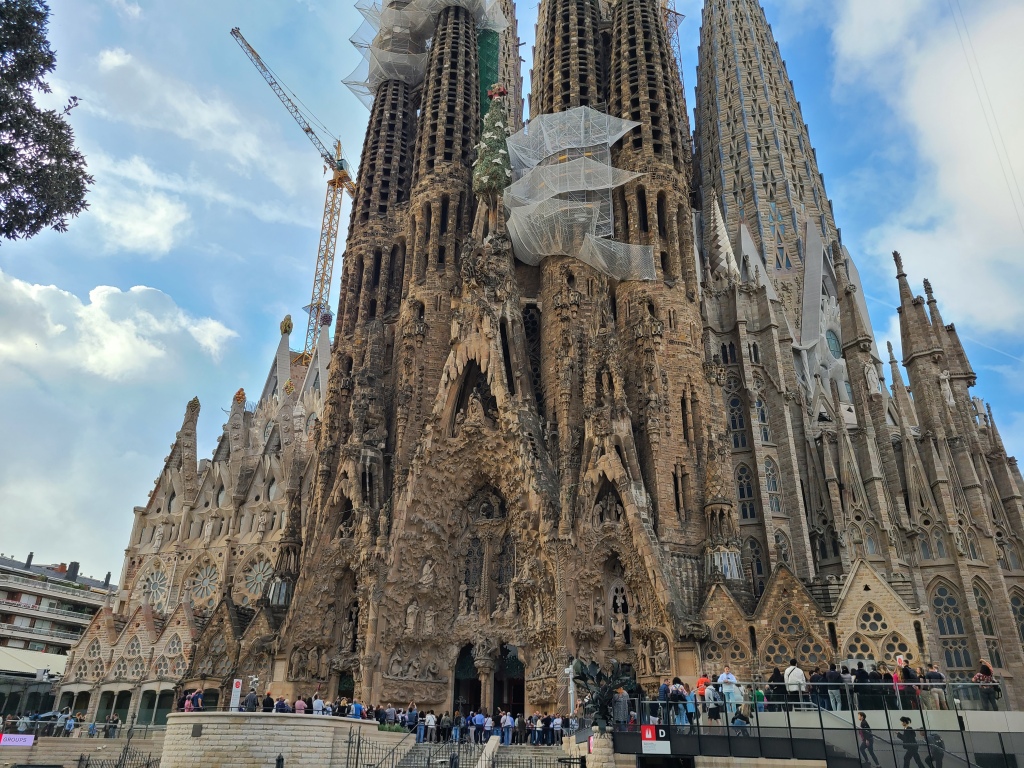
A few years ago, I read an unforgettable novel BENEATH THE SCARLET SKY by Mark Sullivan. His approach toward fiction exhibited the unique ability to blend historical events and characters with his own imagination and further documentation to produce a work of exceptional, what he describes as historical fiction based on real life stories dealing with World War II and its aftermath. The skills developed in BENEATH THE SCARLET SKY are on full display in Sullivan’s latest effort, THE LAST GREEN VALLEY which transports the reader to late March 1944 as World War II is ending as the Soviet army moves west through the Ukraine. As the Russians push the Germans out of the Soviet Union Sullivan’s most important characters Emil and Adeline Martel must decide if they should follow the German army under SS protection westward or should they remain in the Ukraine and risk seeing their family torn apart as Emile would be sent to Siberia by Stalin’s forces, and Adele and her sons would become orphans of the state. The decision making process is paramount, and Sullivan’s back story is centered on what might you do if you found yourself in the situations that the Martel’s faced as they tried to escape Hitler’s and Stalin’s grip.
The novel focuses on the extended Martel family that includes Emil, a farmer, his wife Adele, and their two children Wilhelm and Waldemar, along with their grandparents and uncles and aunts. Sullivan’s writing is very descriptive and from the outset the reader finds the Martel’s in a number of precarious situations as they decide to follow the German army westward. Sullivan has an excellent command of history and is able to integrate the historical past in each situation.

One of Sullivan’s techniques is to alternate historical periods. The immediate situation finds the Martel’s trying to survive during the spring and summer of 1944 which is balanced by scenes from the late 1920s through the earlier part of World War II. A case in point is Sullivan’s description of life in the Ukraine and the conditions they were forced to endure under Stalin’s plan to collectivize Russian agriculture and to starve peasants living in the Ukraine or accuse them of being Kulaks, capitalist farmers who threatened the Soviet regime and sending them to what Alexander Solzhenitsyn describes as the Gulag Archipelago. The result is the “Red Famine” that Anne Applebaum develops in her book of the same title which witnesses the death from starvation of millions of peasants throughout the 1930s.
The key to the story is the Nazi concept of volksdeutche, ethnic Germans who were invited by Catherine the Great to live in the Ukraine and assist Russian peasants to increase their agricultural yields. These people were referred to as “Black Sea Germans” and lived between Odessa and Kiev until the Russian Revolution. With the rise of Stalin, they were seen as a threat and were labeled Kulaks and many including Adele’s father, Karl Losing were sent to Siberia for over fifteen years, and Emile’s father spent seven years working in the Siberian mines developing lung disease.
Stalin’s order to starve the Ukraine in 1933 is referred to as the Holodomor as Russian soldiers destroyed wheat crops killing millions forcing Emile to question the existence of god, compared to his wife’s faith in the church. Sullivan’s description of how Emil changed because of Stalinist policies, the war, the effects on his family are heart breaking, particularly how he was haunted by SS Hauptsturmfuhrer Haussmann because of incidents involving the slaughter of Jews by the SS at Dubossary on the Romanian border that took place in 1941. Further, Emil has difficulty dealing with members of the Selbstschutz a group created by the SS made up of Romanians whose task was to kill Jews. One in particular, Nikolas is a threat to Emil and his family.

The Martel’s harrowing journey west by wagon then cattle car is described in detail. Faced with avoiding German and Russian tanks, planes, and artillery the family does its best to live another day. Despite the nature of the story Sullivan does his best to present the humanity of people and inject humor whenever possible even under horrendous conditions, i.e.; when four year old Will needs to pee in a jar or out the back of the wagon as they travel westward. Laughter was such a rarity – it was cherished when it occurred.
Sullivan offers repeated poignant scenes throughout the novel. Whether it is Adele realizing she is living in an apartment house that used to house Jews in Wielun, Poland or that she and her family were wearing clothing stripped of Jews before they were gassed, she has difficulty coping. Another is the dilemma Emil is forced to deal with as he is ordered to shoot a Jewish father and three children by the SS. Emil refuses to do so at first, but when threatened with his life and never seeing his family again he finally succumbs to the pressure, but in the end, he never carries out the order. In Emil’s mind he has already executed the innocent Jews and cannot except the fact he did not kill them. For four years he carries the burden that he is an unworthy human being and a murderer until an unusual figure convinces him that god was looking out for him even though he had denigrated God the entire time. Throughout their journey Emil and Adele try and keep the faith that they will see each other again even when it appears it will never come to pass. Their journey is such that it is difficult for the reader not to become emotionally involved with Sullivan’s characters.
Speaking of characters, both real and imagined, Sullivan presents a number of fascinating individuals particularly the Romanian Corporal Gheorghe who suffered a head injury at Stalingrad. He comes in contact with Emil and his family putting forth a strong belief in god and with his empathetic nature then after losing contact with him they meet again in a Soviet labor camp four years later where the Corporal has an amazing impact on Emil’s life providing him with a new way of seeing the world, and a new way of thinking.
Sullivan is a fantastic storyteller and researcher. He spent a great deal of time with the immediate Martel family and their descendants while researching the book, and even walked in their footsteps through Ukraine, helping him capture the drama and emotion of their journey. It is the type of story that makes it difficult for the reader to put the book down as its hold on you makes you wonder about how certain inhabitants of the earth do the things they do, how people have the intestinal fortitude to survive, and the importance of memory and hope in confronting situations beyond their control.

(Soviet inmates at the frozen prison camp in Norilsk, Siberia, in 1945)
